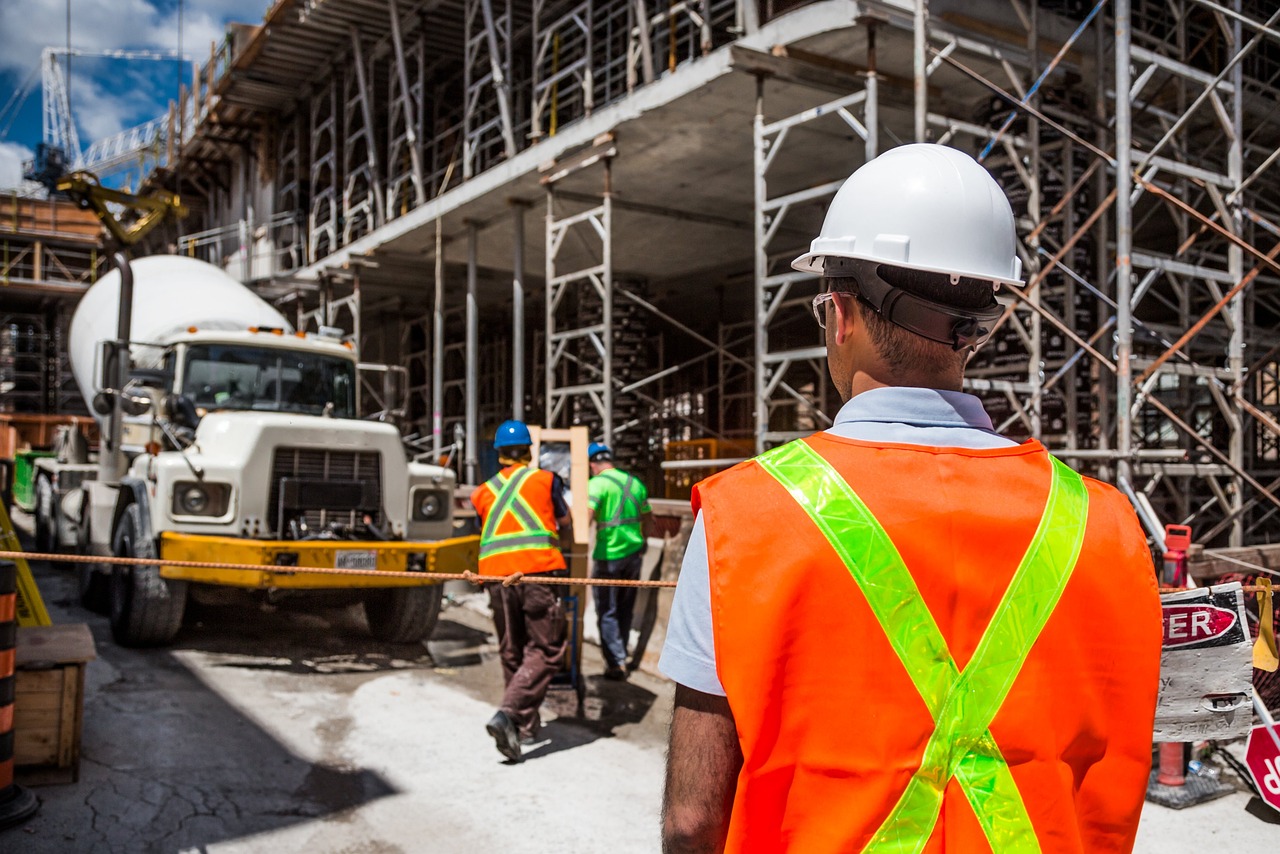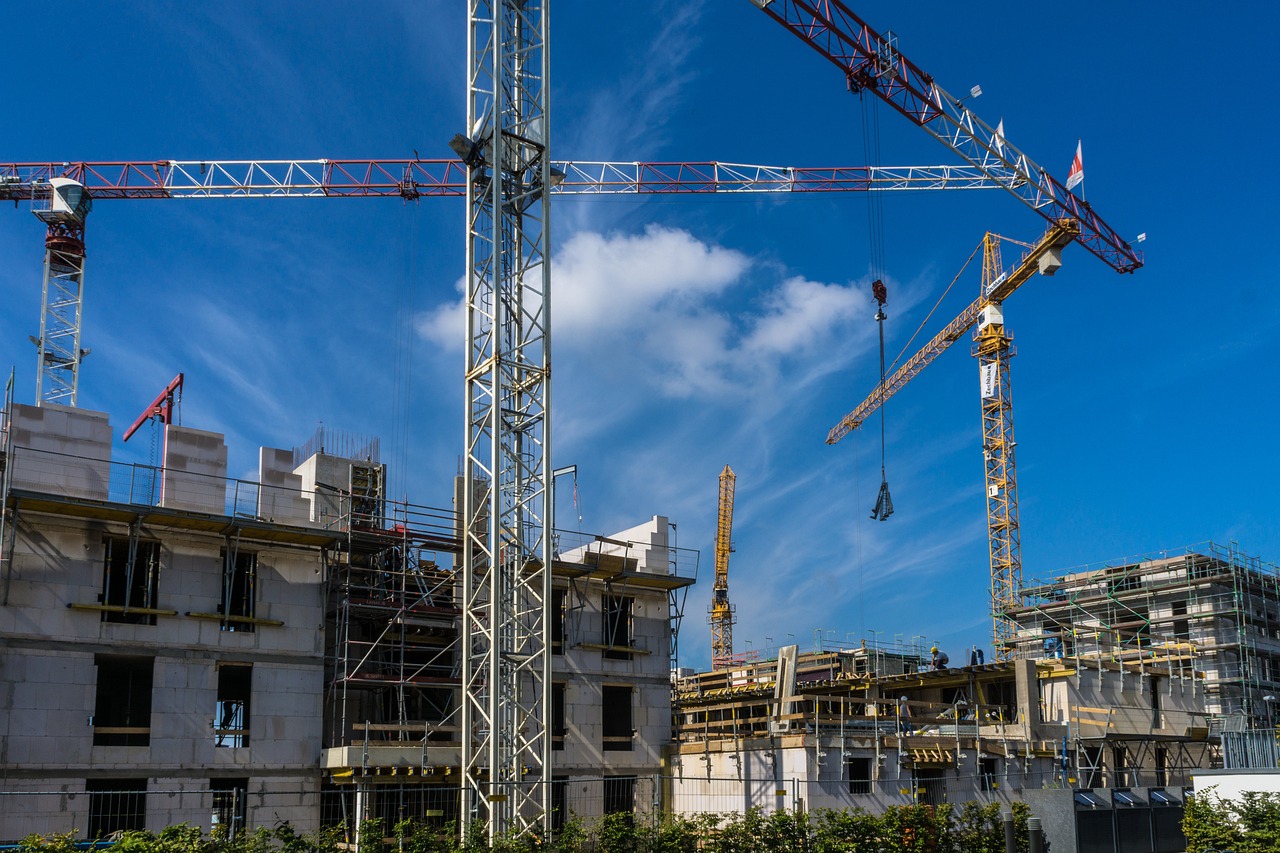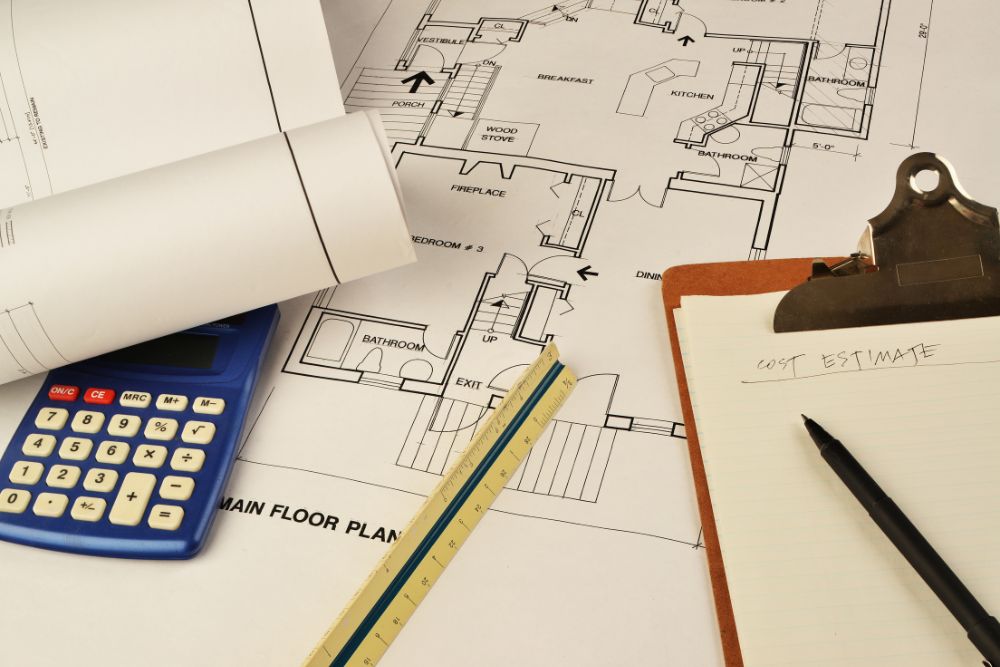Managing costs in construction has never been easy. Delays, material shortages, or small mistakes can quickly push a project over budget. According to a McKinsey & Company study, large construction projects often take 20% longer and cost up to 80% more than planned.
Most companies already collect valuable data from job sites, equipment, and labor reports, but much of it goes unused or is reviewed too late to make a difference. This is where real-time analytics comes in. It gathers live data from every stage of a project and turns it into clear insights you can act on instantly.
With real-time analytics, construction teams can spot overspending, improve efficiency, and keep projects on track, saving time, money, and stress.
What Is Real-Time Analytics in Construction?
Real-time analytics in construction is the process of collecting and analyzing project data as it happens, giving teams instant insight into progress, costs, and potential risks. Instead of waiting for weekly reports or reviewing spreadsheets after the fact, managers can see what’s happening on-site right now.
It combines data from multiple sources, like labor, equipment, schedules, materials, and finances, into a single, centralized view. This allows project leaders to quickly spot issues, adjust plans, and make better decisions.
In short, real-time analytics turns everyday project information into actionable insights, helping construction teams save time, reduce waste, and keep projects on budget and on schedule.
Types of Construction Data Captured in Real Time
Real-time construction data isn’t just numbers; it’s information gathered instantly from the job site to help teams act fast. Here’s how it’s usually captured:
- Labor Tracking: Workers log hours through mobile apps or swipe in with smart badges, providing managers with live updates on who’s on site and how much work is being done.
- Material Usage: Inventory software and IoT sensors track how quickly materials are used and when supplies need replenishing.
- Equipment Monitoring: Machines and tools report usage and maintenance needs automatically via sensors or connected devices.
- Environmental Conditions: On-site sensors measure temperature, humidity, or unsafe conditions to keep workers safe and work uninterrupted.
- Project and Financial Data: Mobile apps and integrated software update schedules, budgets, and expenses in real time.
Why Analytics Matter in Construction Management?
Analytics plays a crucial role in construction management because it helps teams make smarter decisions, reduce costs, and complete projects on time. By using real-time construction data, managers can track progress, spot issues early, and allocate resources efficiently.
- Better Cost Control: Analytics allows teams to compare actual expenses with budgets, helping prevent cost overruns.
- Improved Scheduling: Tracking tasks and labor in real time ensures projects stay on schedule.
- Efficient Resource Use: Managers can assign labor, equipment, and materials where they are needed most, reducing waste and idle time.
- Risk Management: Analytics helps identify potential problems early, from supply delays to safety risks, allowing teams to take action before issues grow.
- Informed Decisions: Centralized data gives project managers, CFOs, and stakeholders a clear picture, making decision-making faster and more accurate.
How Real-Time Analytics Reduce Construction Costs?
Centralized data and real-time dashboards help everyone involved in a project, managers, CFOs, and business owners, see problems early and take action before costs get out of control.
1. Preventing Cost Overruns With Accurate Progress Tracking
Live dashboards show project progress in real time, making it easy to spot delays or budget issues early. Workers on site can update tasks using mobile apps, which immediately highlight any risks. Notes and notifications give extra context, so problems can be fixed quickly before they grow.
2. Optimizing Resource Allocation
Real-time analytics helps assign labor, equipment, and materials where they’re needed most. If one team finishes a job early, their tools or machines can be used by another team instead of renting extra equipment. Planning tasks in the right order also prevents idle time and unnecessary overtime, saving money.
3. Reducing Rework and Waste
Quality checks and error alerts catch mistakes early. If materials or quantities are off, the team is notified right away to fix it. Using historical data, managers can also predict potential vendor or quality issues and prevent problems before they happen.
4. Enhancing Equipment and Asset Management
Sensors on equipment track performance and warn when maintenance or repairs are needed. This helps schedule repairs without stopping work and keeps machines running efficiently. Proper planning for replacements also avoids delays and extra costs.
 Steps to Implement Real-Time Analytics in Construction
Steps to Implement Real-Time Analytics in Construction
Using real-time analytics in construction can save time, reduce costs, and improve project efficiency. By following clear steps, construction teams can implement analytics successfully and get better control over budgets and schedules.
1. Start Small
Begin with one area, like tracking materials or labor hours, for your first analytics project. Starting small helps your team test the system, see quick results, and understand how real-time construction data can improve project management.
2. Pick Scalable Software
Choose construction analytics software that works with your current estimating, accounting, and scheduling tools. Scalable software ensures the system grows with your projects and supports all types of construction cost tracking.
3. Engage Stakeholders
Include project managers, site supervisors, and suppliers from the start. Their feedback ensures the analytics platform meets real project needs and encourages everyone to use it effectively.
4. Train and Support Teams
Provide simple guides, tutorials, and workshops so teams can quickly learn to use the software. Proper training ensures smooth adoption and maximizes the benefits of real-time construction analytics.
5. Create Dashboards and Reports
Build visual, easy-to-read dashboards and reports that track project progress, costs, and risks. Clear reporting helps teams spot issues early, make informed decisions, and keep projects on schedule and within budget.
Common Challenges and How to Overcome Them
Using real-time analytics in construction can save money and improve efficiency, but teams often face some common challenges. Knowing how to handle them makes adoption easier.
1. Connecting Different Data Sources
It’s often hard to link data from estimating, accounting, and scheduling tools. The solution is to use software that connects all your systems in one place, giving everyone access to accurate project data.
2. Worry About Costs
Buying new analytics software can seem expensive. Focus on long-term savings, like reducing delays, cutting labor costs, and avoiding wasted materials, which quickly make up for the initial cost.
3. Poor Communication
Sometimes teams don’t share updates fast enough. Use dashboards to keep data visible, encourage regular updates, and make sure everyone, from field teams to managers, stays on the same page.
4. Resistance to Change
Some team members may be slow to adopt new tools. Show them how analytics improves project efficiency, provide hands-on training, and offer support so they feel confident using it.
5. Lack of Training
Teams may not know how to use the software at first. Provide easy guides, tutorials, and workshops so everyone understands how real-time data helps manage construction projects better.
Conclusion
Real-time analytics is changing the way construction projects are managed. It makes tracking progress, controlling costs, and making smart decisions much easier. With dashboards and centralized data, teams can spot issues early, reduce waste, and use resources more efficiently.
Setting up analytics might feel a bit overwhelming at first, but with the right tools and support, it becomes a smooth part of your workflow. Teams using real-time construction data can stay on schedule, keep costs in check, and deliver better results overall.
If you want to make your projects more efficient and save money, Prime Estimation can help. Our experts provide real-time analytics solutions that make managing your construction projects simpler and more profitable.


 Steps to Implement Real-Time Analytics in Construction
Steps to Implement Real-Time Analytics in Construction









